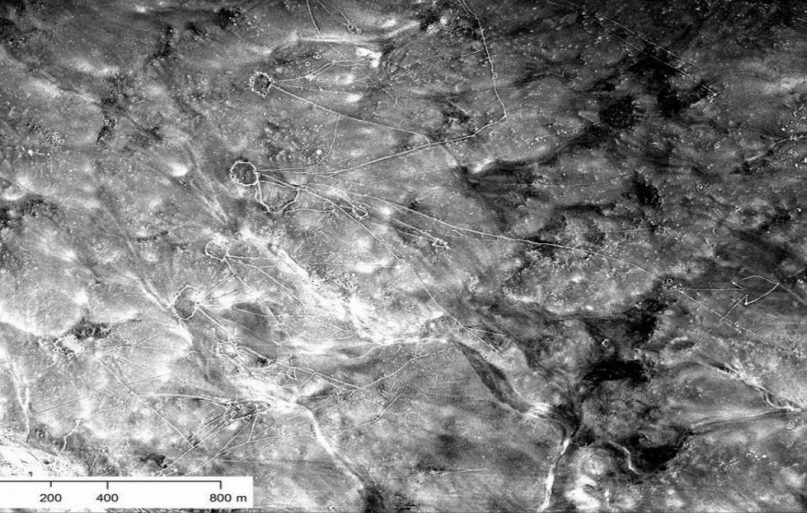
Chains of desert kites as visible in U2 imagery from mission 1554, January 30, 1960. NATIONAL ARCHIVES AND RECORDS ADMINISTRATION
These images have enormous potential to aid historical and Archaeological studies of settlement sites and landscapes in Eurasia.
During the Cold War, the United States operated a series of clandestine reconnaissance missions using U2 spy planes flying as high as 70,000 feet over Europe, the Middle East, and Asia. The program came to a famous and public end when the Soviet Union shot down American Pilot Francis Gary Powers on May 1, 1960, but prior to these events American pilots had flown dozens of missions collecting detailed photographic documentation of the terrain.
Those photographs are proving invaluable to archaeologists working in the Middle East today.
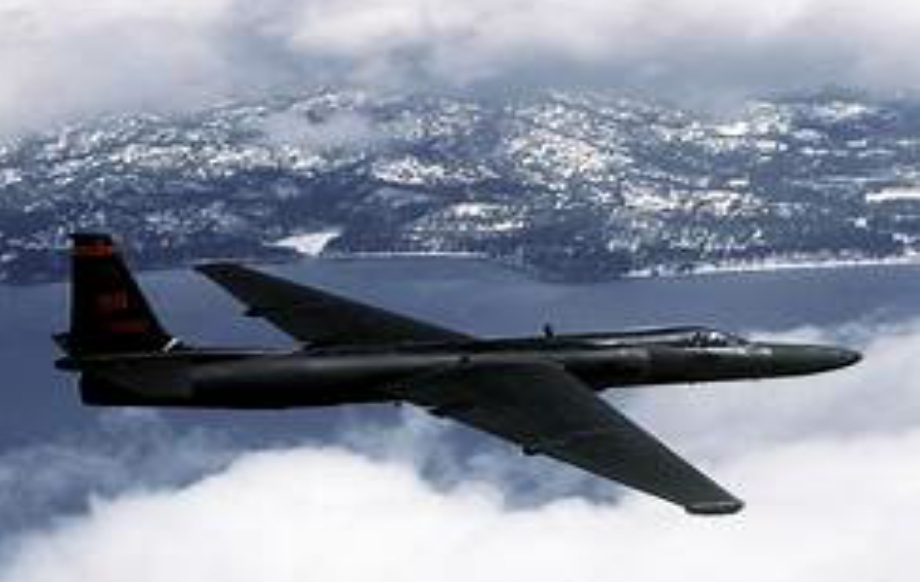
‘El avión jet U-2, de un solo asiento, a gran altitud, fue volado por los Estados Unidos para la recopilación de inteligencia, vigilancia y reconocimiento. Quizás el avión espía más famoso jamás construido, el U-2, también conocido como la Dama del Dragón, ha estado en servicio desde 1956.’
In a new open-access pa‘The U-2, single-seat, high-altitude jet aircraft flown by the United States for intelligence gathering, surveillance, and reconnaissance. Perhaps the most famous spy plane ever built, the U-2, also known as the Dragon Lady, has been in service since 1956.’per published in Advances in Archaeological Practice, Emily Hammer and Jason Ur detail their latest efforts to both make the data from these U2 flights accessible to the public and to demonstrate their importance to ongoing research projects in the Middle East. Aerial imagery is useful in archaeology for identifying features that can be difficult to see at ground level. In this study, the U2 images have also helped Hammer and Ur to identify archaeological sites that have been damaged or destroyed over the past 60 years.
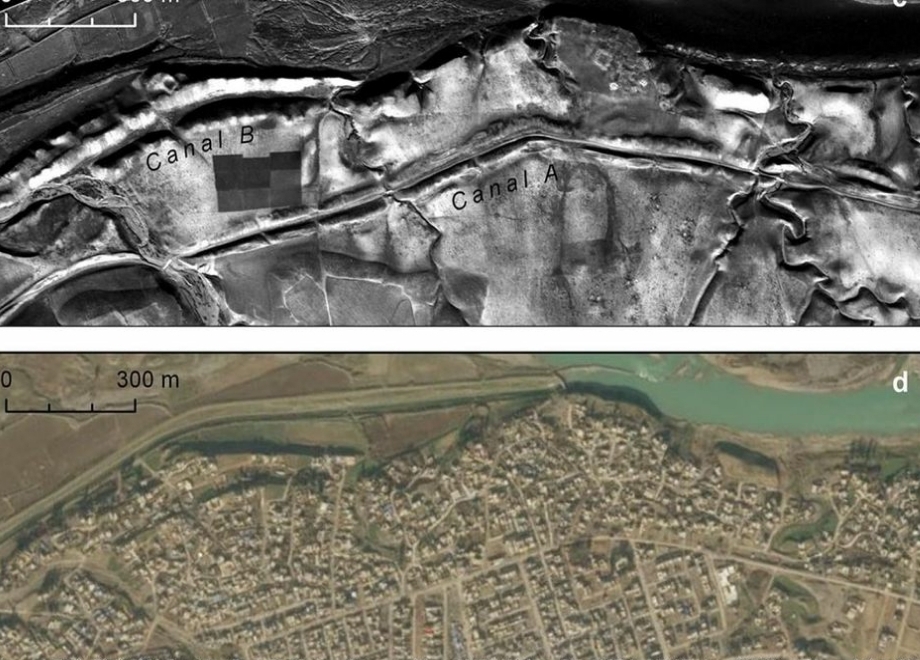
U2 Spy Plane image of ancient canals (top) and a modern DigitalGlobe image of the same location along the Upper Zab River, Iraq
In the above picture, for example, the authors identified the remains of two canals, one of which appears to have been built by the Assyrian Empire more than 3,000 years ago. In the intervening decades since the U2 image was taken, the modern Iraqi town of Khabat has spread to cover the canal, making the canal virtually invisible in modern aerial images.
Scouring the data preserved in these declassified images, Hammer and Ur documented numerous archaeological sites and features that have helped researchers to come to a more complete understanding of the ancient landscape. In additional to the canals noted above, examinations of imagery surrounding the ancient city of Nimrud allowed the authors to create “the first systematic description of how water reached the ancient city,” and even document the presence of a subterranean component of the canal system.
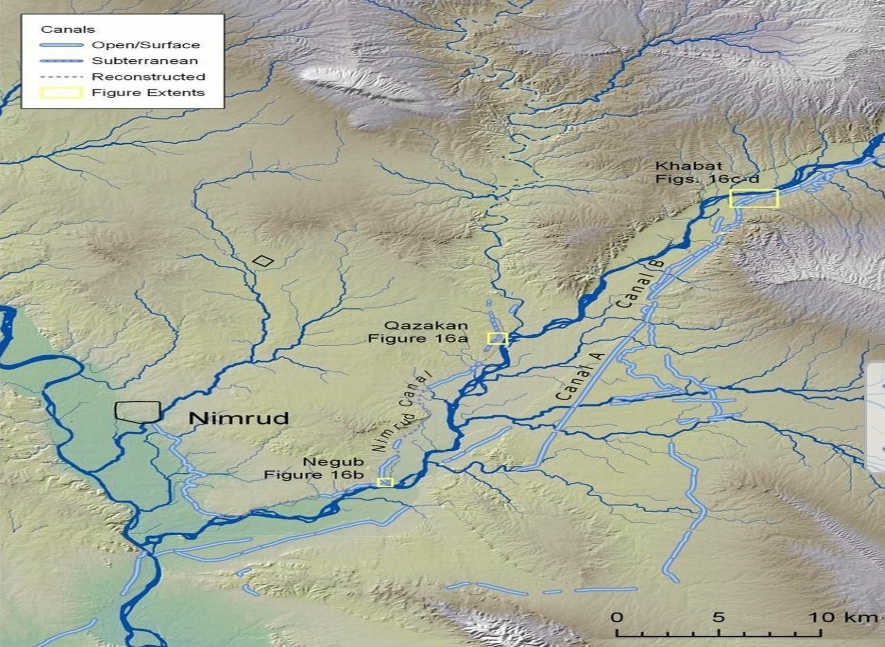
Características del canal en el interior de la capital imperial de Asiria en Mapa creado por Hammer y Ur, 2019.
The aerial images also documented numerous examples of even older structures known as “desert kites.” These structures consist of irregularly shaped enclosures with long tails. Archaeologists have long argued that desert kites were built as hunting traps to funnel prey into the enclosed space where they could be more easily dispatched by hunters. Previous studies of these structures suggest that they were built as early as the Neolithic period, more than 8,000 years ago.
In their paper, Hammer and Ur note that their findings represent just the beginning of what the images captured by U2 spy planes have to offer. These images have “enormous potential to aid historical and archaeological studies of settlement sites and landscapes in Eurasia.” The Cold War that inspired the creation of these images may be long gone, but the benefits of the U2 missions continue to manifest.
Source: David Anderson


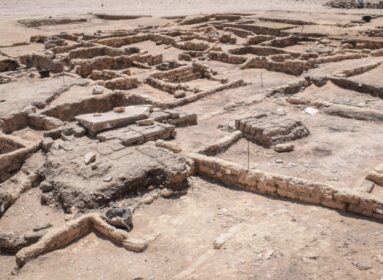

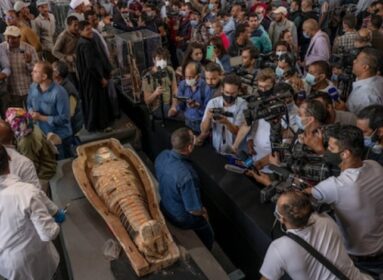










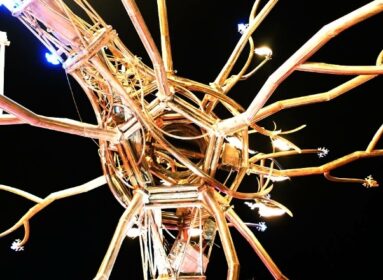


























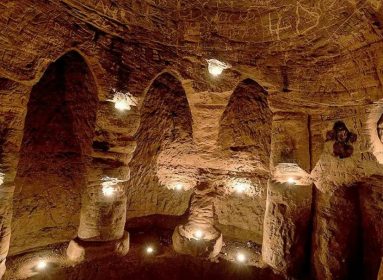
























Comments are closed.